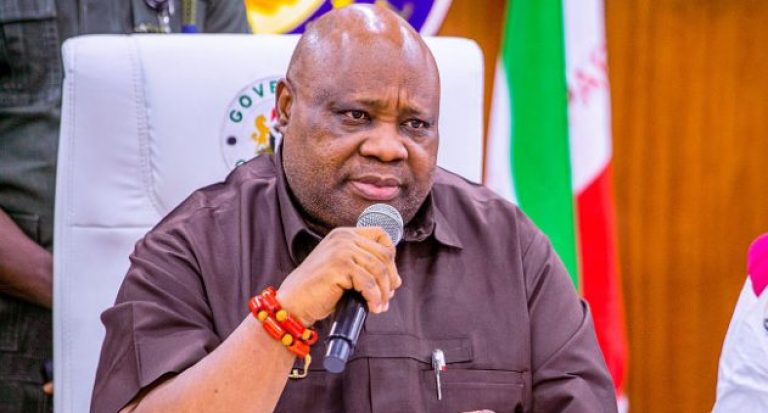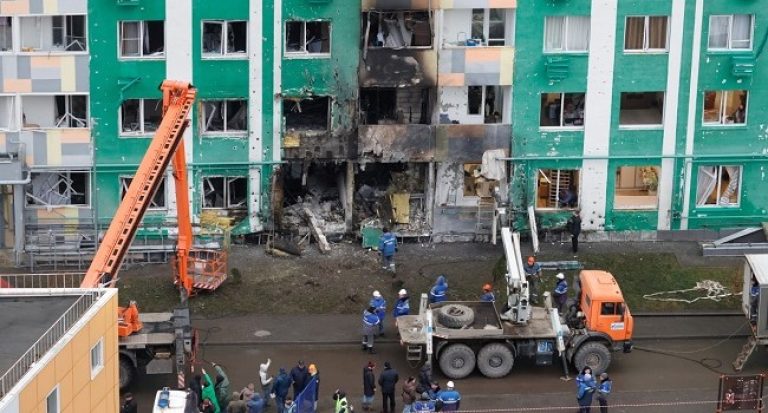
Following the conclusion of the presidential and National Assembly elections, questions have been raised about the performance of the Bimodal Voter Accreditation System and Election Result Viewing Portal deployed by the Independent National Electoral Commission to enhance the electoral process. In this piece, Temitayo Jaiyeola writes about how BVAS and IReV underperformed in their first national deployment
The Independent National Electoral Commission’s Bimodal Voter Accreditation System and Election Result Viewing Portal did not live up to expectations during the just concluded presidential and National Assembly elections. The poor performance of BVAS and IReV in their first major stress test might have cast a pall over the 2023 presidential and National Assembly elections, as some of the candidates have already headed for the court to challenge the outcome of the elections.
In their first national deployment, BVAS and IReV did not achieve ease in the electoral process they were designed for, rather they have raised more questions about the integrity of the 2023 elections.
BVAS is a tech device that allows for the identification and accreditation of voters through fingerprints and facial recognition. IReV is an online portal where polling unit-level results are uploaded directly from the polling unit, transmitted and available for public monitoring.
IReV allows members of the public to create personal accounts and monitor uploaded results, increasing the transparency and integrity of the electoral process.
INEC first deployed IReV for the Nasarawa Central by-election in 2020. According to reports, it has been deployed in 105 elections involving 16,694,461 registered voters since then. 32,935 results sheets (Form EC8A) have been so far uploaded from polling units in rural and urban areas.
In 2021, INEC deployed BVAS as a means of overcoming the challenge of over-voting by accrediting voters through fingerprint, iris and facial recognition and eliminating manual voter identification and accreditation. At the time, BVAS was replacing card readers which had failed to read permanent voter’s cards properly.
When BVAS first launched, it was riddled with many problems. In its first deployment in the Isoko South Constituency 1 by-election in Delta State on September 10, 2021, there were reports of presiding officers complaining about the machine’s difficulties to capture the thumbs and faces of some of the voters.
It seemed INEC did not learn from this initial glitch as the presidential, and National Assembly elections of February 25, 2023, were overwhelmed by the same problems. Not only did many BVAS devices fail to capture voters, the IReV platform also did not work in many polling units.
In Rivers State, after the BVAS initially failed to capture the governor, Nyesom Wike, he said, “We are highly disappointed. INEC told us they were ready for the election and that BVAS are working.
“You can see the crowd here; I don’t think that most people will be allowed to vote because of the slow working of the BVAS.”
Many other polling units across the country also recorded malfunctioning BVAS, causing a disenfranchisement of voters. The device failed to curb over-voting with many polling units recording over-voting, leading to the cancellation of results. Prior to this election, INEC chairman, Yakubu Mahmoud, stated that results would be uploaded on its portal to allow individuals to monitor the elections in real time.
According to the head of the country’s electoral commission, BVAS would be used to capture the results and upload them to the portal in PDF format.
He said, “The BVAS confirms that the cards issued by the commission and presented by the voter are genuine and the voter is authenticated using the fingerprint and where it failed, the facial.
(Punch)









421290 541628I get pleasure from, cause I found just what I was taking a look for. 663354